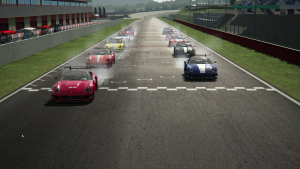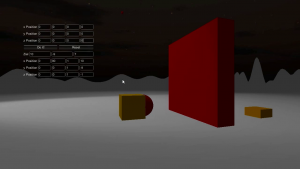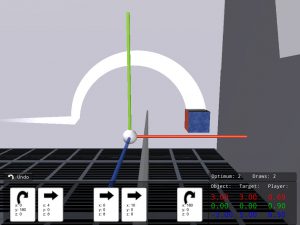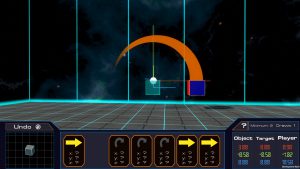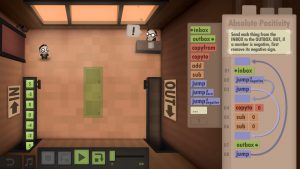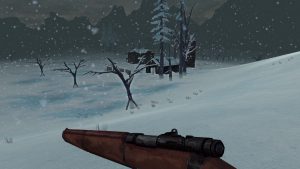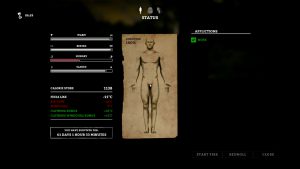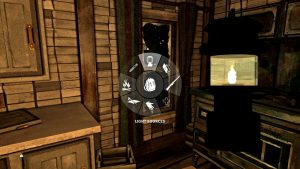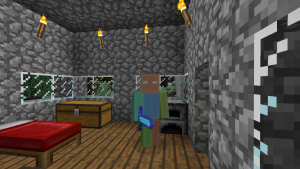The Minecraft Server Community Event – Prologue
During my ongoing literature review I often discover interesting facts about things I’ve never thought about. Sometimes I can connect these facts with my own observations: The result is mostly a completely new idea why things are as they are. Maybe these ideas are new to you, too. Therefore I’ll share my new science based knowledge with you!
This week: This time, I think about the results of the introduction of my community event for a Minecraft server.
The introduction of my Minecraft server community event was a success. Not only the other members enjoyed the emergence of some wicked statues at central locations, they also started to speculate who the creator of those statues is and what goal this evil force tries to achieve. Furthermore, I enhanced the players‘ involvement by attaching signs to the statues that provided the players with a clear message. However, as each statue had only one word attached to it, the players were challenged to go on a small scavanger hunt in order to find all the different statues allowing them to decipher the message.
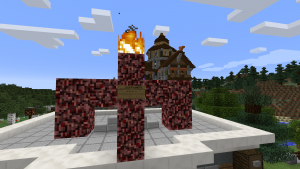
The statues are delivering a message.
Interestingly, the narration of my server event received an additional story arc, as, by accident, a player had some bad luck with a chicken the same time as I began to introduce the server event. Thus, the player started to develop an own story arc that put this chicken into the central position of this conspiracy. This outcome showed the effectiveness of slowly teasing the server event as players started to become aware that something was going on but had no clear idea what exactly was causing this. With this additional story arc being part of the server event, it is important to include or at least address it in the narration of the community event to emphasize the creation of spinoffs and to add some more authenticity to the main event.
Also, players who are creating video content used the event’s prologue for their own narrations and helped to spread the word by making the wicked statues an important part of their videos. In the meantime, I was busy to prepare the first chapter of this server event and to address the spinoff in this process. By now, the preparation is finished and I just wait for the ideal moment to bring forth the community event.
In sum, the slow introduction of the community event was a success as the whole server’s population is now aware of the event’s existence and has begun to speculate about its continuation. Now, it is critical to release the first main part of the story to increase the players‘ excitement and enjoyment.
